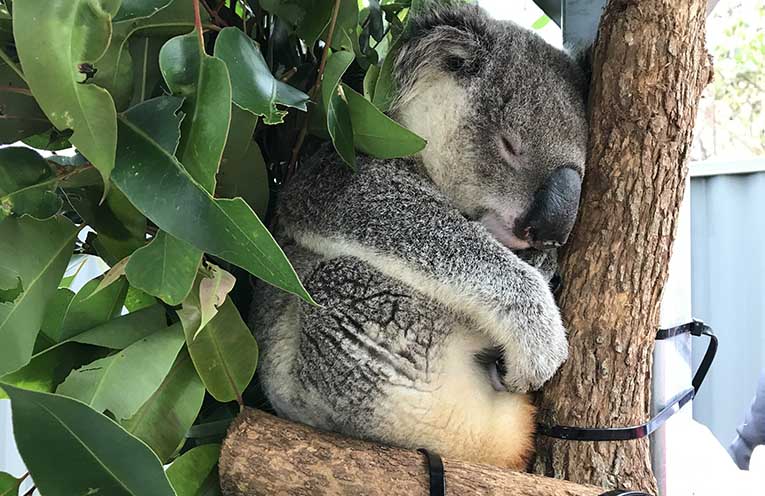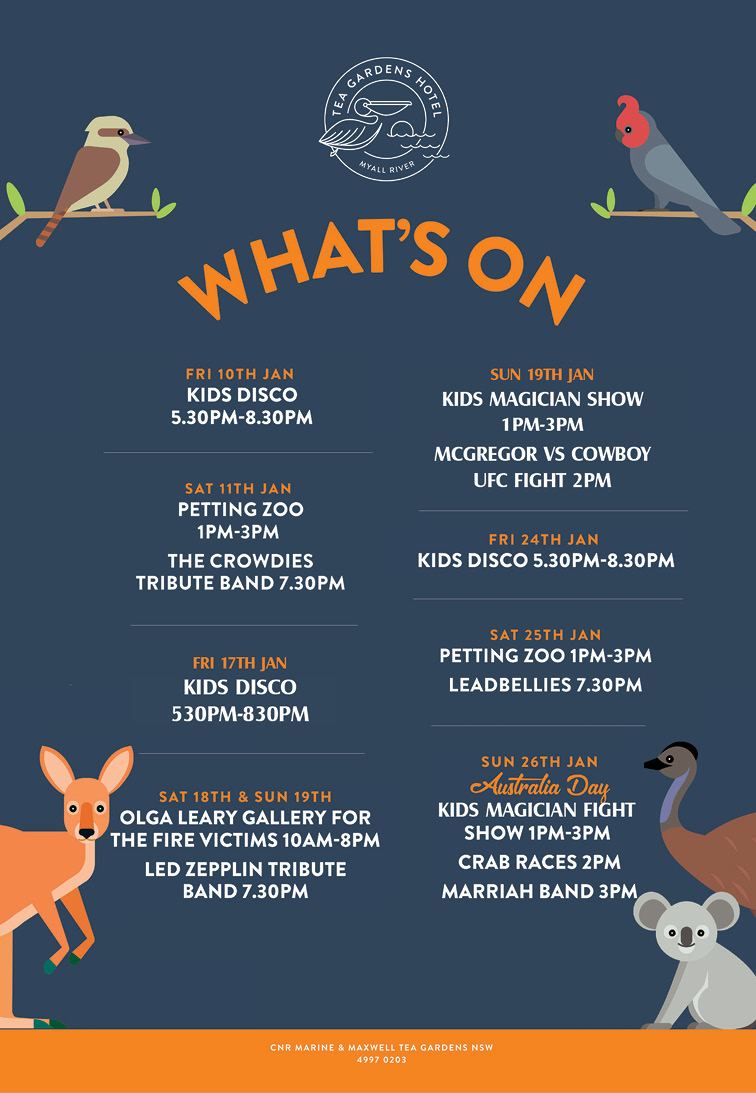
AUSTRALIA is reeling in the horror of the fires which are engulfing the country.
 Modern Media: Advertise with News Of The Area and you get your ad in 1) in Print, 2) on the News Website (like this ad), and 3) on our Social Media news site. A much more efficient way to advertise. Reach a HUGE audience for a LOW price TODAY! Call us on 02 4983 2134. Or media@newsofthearea.com.au
Modern Media: Advertise with News Of The Area and you get your ad in 1) in Print, 2) on the News Website (like this ad), and 3) on our Social Media news site. A much more efficient way to advertise. Reach a HUGE audience for a LOW price TODAY! Call us on 02 4983 2134. Or media@newsofthearea.com.auOr CLICK FOR ADVERT QUOTE
We are watching our nation burn in unprecedented bushfires and there is anger, shock and grief.
There is significant loss of human life and property.
The wildlife in some areas has been totally decimated.
The eyrie quiet here in much of Port Stephens and the Myall region and the smudge of smoke in the air fails to convey the magnitude of our losses as a nation.
We once had an ark for the Koala on Kangaroo Island now that ark is gone and so too is at least half of the one truly thriving population of koalas left in Australia.
The population on Kangaroo Island was growing at such a rate that at one point it was rumored the South Australian Government considered a cull which was rejected.
On Kangaroo Island 13,500 koalas have been sterilised or contracepted in what is considered to be one of the largest fertility control projects in the world.
There are reports of some 25,000 koalas dying in the Kangaroo Island fires.
The ability of the population to repopulate is dramatically reduced through the fertility control program.
This makes securing the koala population within our own Myall Coast and Port Stephens region even more important.
Local koalas are already under stress from loss of habitat, the drought, vehicle strikes and dog attacks.
Our koala carers are under the pump, caring for not only koalas from our region but also for refugees from the fires.
What we need is definitive national and local action now to save this iconic species.
Everything we thought we knew about the survival of the koala has changed in the months since the fires began that engulf the nation.
Julie Jennings who is a carer volunteering for Port Stephens Koalas told News Of The Area, “Our koalas are so valuable to Australia and the world now, they are million dollar koalas now; we have no idea what the populations are now… in my personal opinion the future of the koala has a better chance if they can cohabit with humans.”
Koalas are living in her street and the community have planted feed trees.
Julie believes that all new developments should have koala feed trees planted for shade which would provide a better environment for the residents, and that land should not be cleared of all trees to make way for developments.
“Council did street planting in quiet streets in areas like Soldiers Point and the trees planted are koala feed trees encouraging cohabitation with humans which allows us to see other problems and protect them from fires at the same time as we protect our properties.”
“The population of the koala is now in a catastrophic situation,” she said.
Ian Morphett, Secretary of Myall Koala and Environment Group said, “All wildlife caring groups in our region such as Port Stephens Koalas, Hunter Wildlife and Taree Koalas in Care are almost overwhelmed by the number of koalas needing attention. Many of them are outside their areas because the local groups couldn’t handle the numbers.”
Mr Morphett said, “We will never know how many were actually killed by the fires because they were so hot there are often no remains to identify. And, of course, it is not just the koalas.”
Port Stephens and Myall Region koalas are not safe from bushfires, dog attacks, vehicle strikes or further loss of environment.
Of course koalas are just one of the many species that the fires have decimated, they are one of the more visible and invoke emotive responses.
It is our actions and our responsibility to the land we walk on and the environment which we live in which will determine the future of the koala and other species after the fires.
By Marian SAMPSON
